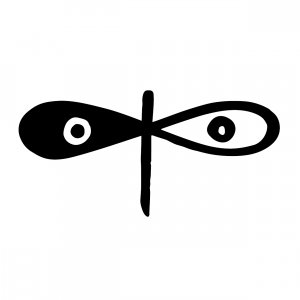
Ester Borgese
Author's books
Hitler e il potere dell’estetica
Frederic Spotts
pages: 480 pages
Countless books have been written on Adolf Hitler. When CBS announced its intention of producing a film on his youth years ago, the almost unanimous chorus of protest that ensued can be summarised as saying: “We know who he was and what he did. What else is there to know?”
Frederic Spotts offers a completely unprecedented view of Hitler and th
In posa
L'arte e il linguaggio del corpo
Desmond Morris
pages: 320 pages
An artist undertaking a portrait cannot but consider the pose to be given to the subject. Standing, sitting or reclining? What feelings will the expression convey? Will the arms be folded or busy performing some apotropaic rite? While a portrait unquestionably strikes us first and foremost for the quality of the painting and the sitter’s identity

